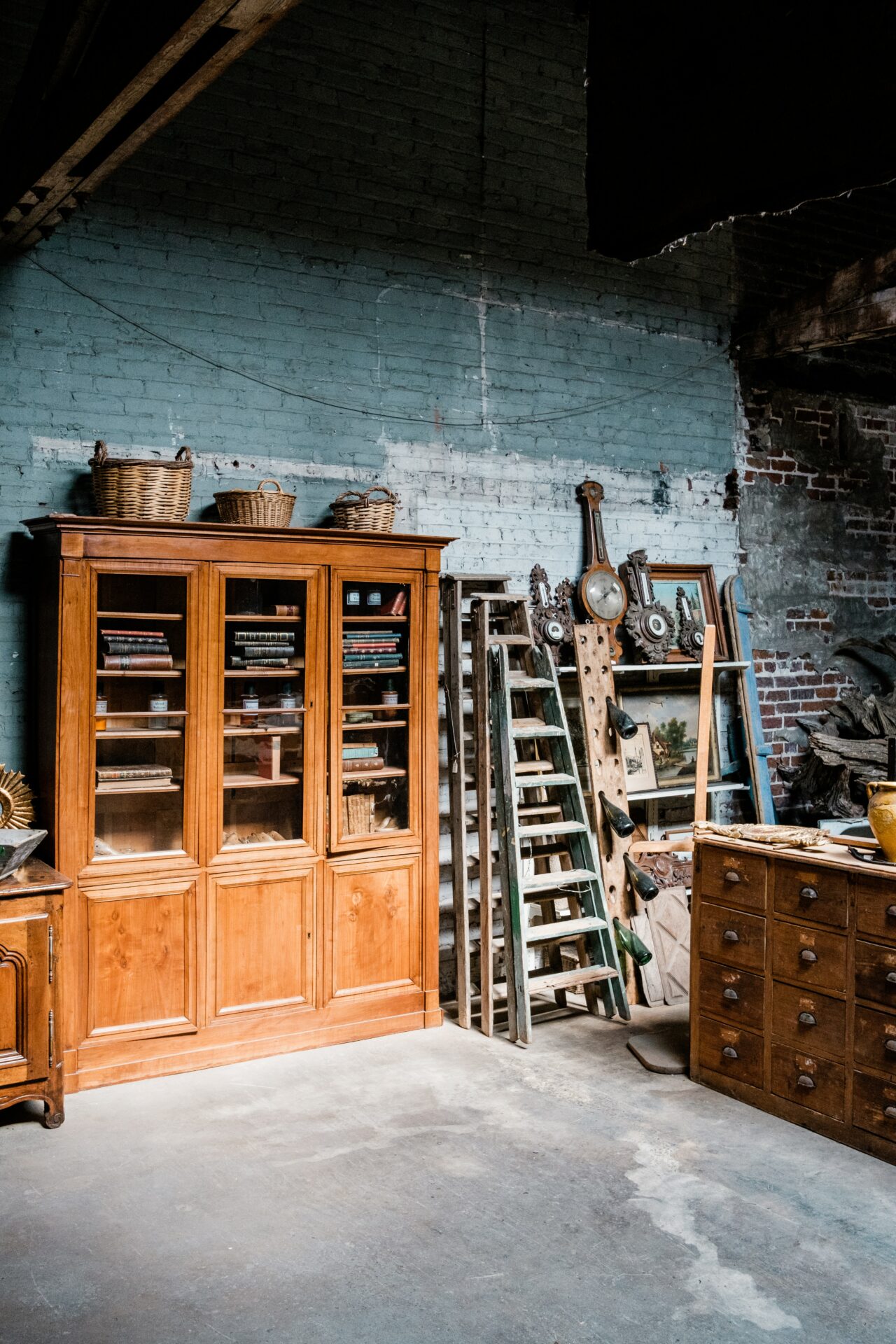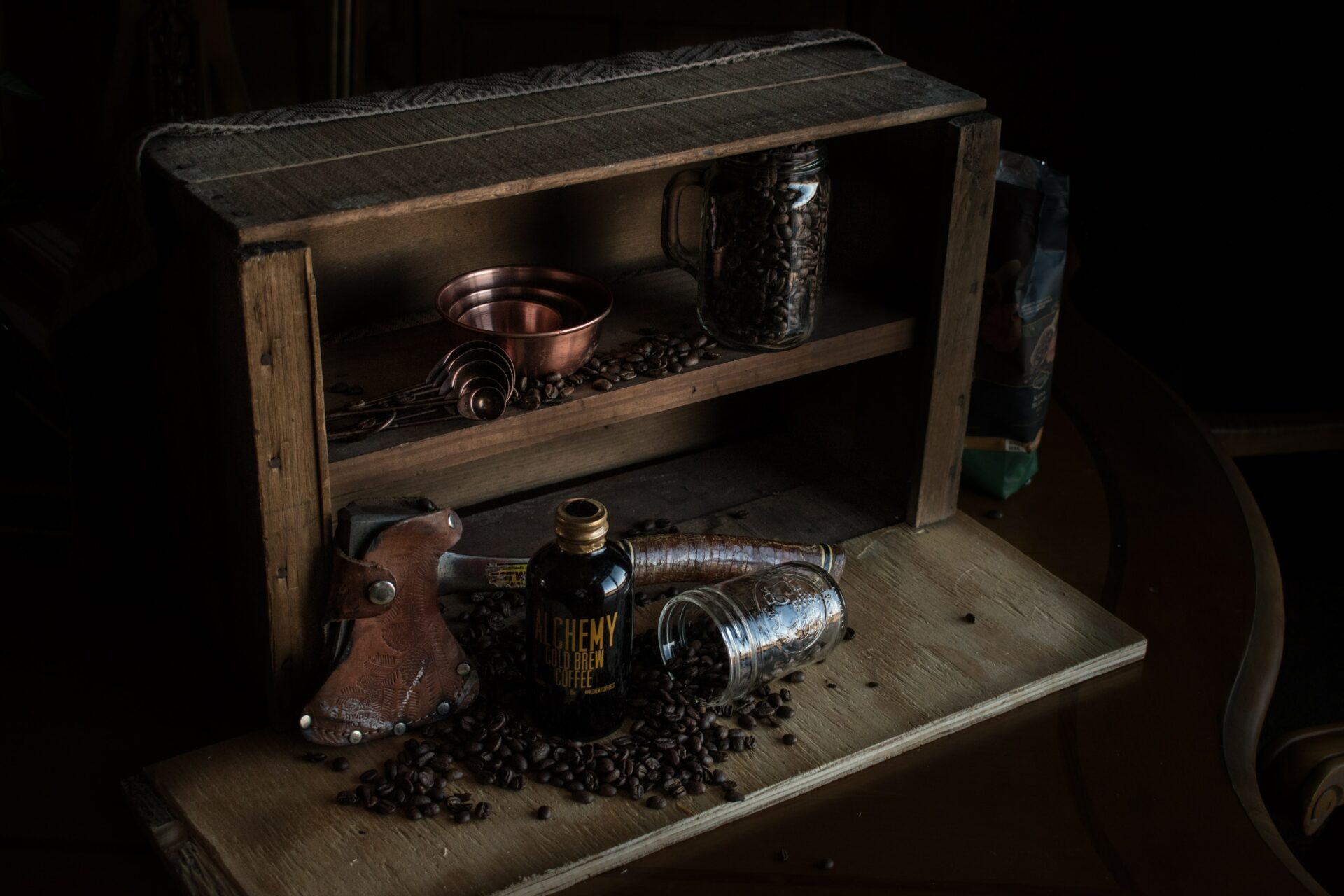Essential Woodworking Tips for Cabinet Makers
In the woodworking world, experience matters. Sometimes situations come up that perplex even the most talented cabinet makers. It’s at times like these when reviewing a few basic woodworking tips for cabinet makers can provide the help you need to reduce mistakes, improve the process, and produce superior results.
1. Apply Tape to Stop Glue Oozing from Joints
One of the most frustrating items a cabinet maker will experience is woodworking glue seeping through two joints, and the time needed to clean up that mess. If you’re attempting to glue multiple pieces of wood together, clamp them together and apply a strip of tape along the joints. Then, cut the joint on the tape and loosen the clamp to permit some space between the two pieces. Apply the glue along the middle and clamp the two pieces.
The glue will naturally ooze – but when it dries, it will bond to the tape – and not the wood. This reduces clean-up and makes it easy to peel the tape off when the drying has completed.
2. Hot Glue Helps Hold Smaller Items
For those who find using clamps cumbersome or clumsy, especially when working with smaller items, consider using some hot glue as a placeholder. Apply a small blob of the hot glue to hold that small piece while you’re working on the project. After you’re done – simply pop it off using a putty knife.
3. Use Tape to Mark a Level Spot
Working with a mobile table can be a challenge when it comes to woodworking projects. To reduce the potential of cutting mistakes due to unlevel floors, use some duct tape to mark spots on the floor that are the most consistent and level. Make sure to set up your table in the exact same spot with each new project, for added consistency and errors.
4. Combine Oil-Based and Artist Paint to Find the Perfect Stain Colour
Finding that perfect stain colour can be challenging with oil-based stains only. This is where integrating some creativity can be a huge help. Consider adding a touch of Japan colours or artist oils to create the precise shade of colour for your woodworking project. If you use a small amount, it shouldn’t impact your drying process or time too much.
5. Saw Veneered Sheets Slowly
Sometimes you need to slow down to complete a job quicker. For those who work with veneer, you can avoid a lot of damage – especially tearing by setting the blade in a low setting and taking your time during the cutting process. Although this method is quite good at reducing tearing, it’s not 100% fool-proof. You can improve the quality of your cuts by notching a tiny 1mm groove prior to sawing.
Rounded Objects Help Create Curved Arcs
A challenge for even the most seasoned woodworker is cutting rounded corners. Some people use a compass, or an existing rounded object to help create a perfect curve. This is much easier if you’re working on a right-angled corner, as you can use any sized object to create the rounded cut. Consider using cans, plastic lids, or even old CD’s.
6. Create a Triangular Support for Drying a Varnish
One of the challenges many woodworkers experience is setting up a completed project that has been coated with varnish. One idea is to create a few triangular supports that you can rest the object on top as it dries. While this will create a small mark on the area you place the coated object, you can cover it with a minor second coating.
7. Measure and Plane Your Materials Prior to Cutting or Sanding
Duplicating cuts is very challenging, even if you have a consistent and solid table saw. This common woodworking task is simplified when you prepare ahead of time by measuring and planning all your materials at the same time. This is called “Gang-Planing” and allows you to cut multiple pieces of wood that are similar size and thickness, with a single cut. The best way to accomplish this is to clamp them all together and begin the cutting or sanding process. This is especially helpful when you’re sanding rounded edges.
8. Reduce Rabbet Cutting
Many cabinet makers understand the need to cut a small ¼-inch back panel notch to permit the cabinet carcass to fit recessed. This is called cutting a rabbet. But this is not always needed especially if the back panel is not visible. If it’s not going to be seen, there is no need to complete this step. Save yourself time by resisting the urge to cut the rabbet.
9. Create Individual Boxes
If you’re looking to simplify the process of installing cabinets, trying to install a single, large cabinet piece is usually not the best method. Instead, create smaller, individual cabinet boxes, and add a face frame once they are all installed.
10. Hide Fasteners with End Caps
Every cabinet maker wants to have their finished products look clean, neat, and straight. One easy way to accomplish this is to hide fasteners that were used during construction. A great way to accomplish this is to cap the cabinet with a small plywood sheet. This will reduce the need to use putty to fill those fastener holes. Simply use a construction adhesive and some brads to secure the panel. You can also extend the outer face by adding an extra ¼” which will account for the plywood thickness. Insurance is also something cabinet makers should consider.
This information is general only and does not take into account your objectives, financial situation or needs. It should not be relied upon as advice. As with any insurance, cover will be subject to the terms, conditions and exclusions contained in the policy wording. © 2025 BizCover Limited.





